If you’ve ever wondered whether humans and dinosaurs ever shared the earth, you’re not alone. The idea of humans walking alongside dinosaurs has fascinated people for ages, sparking vivid imaginations and sometimes misinformation. Let’s dive into some bizarre truths and debunk myths about this intriguing topic. Grab your magnifying glass and a healthy dose of curiosity as we explore the world of humans and dinosaurs.
1. The Jurassic Park Effect
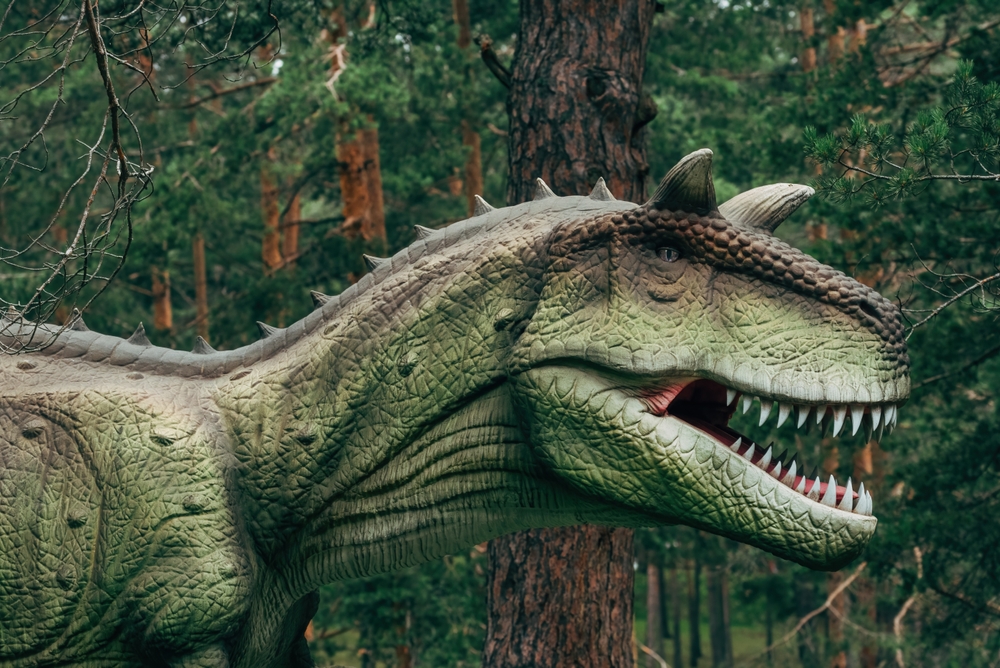
Thanks to movies like Jurassic Park, many people have a skewed understanding of dinosaurs. It’s easy to think of dinosaurs as lumbering giants that could potentially coexist with humans. However, dinosaurs went extinct around 65 million years ago, long before humans appeared. According to paleontologist Dr. Paul Sereno, there’s a colossal time gap between dinosaurs and humans—so big, you could fit the entire existence of humans multiple times within it. This means that despite the cinematic thrill, humans never encountered these prehistoric titans.
On the other hand, the narrative that humans and dinosaurs walked side by side is a misrepresentation, largely fueled by pop culture. The allure of imagining dinosaurs in our modern world keeps this myth alive. Yet, science tells us a different story, one grounded in fossil evidence and geological data. Understanding that dinosaurs and humans are separated by millions of years helps clear up these misconceptions. Next time you watch a dinosaur blockbuster, remember it’s more fiction than fact.
2. Misinterpreted Fossil Finds
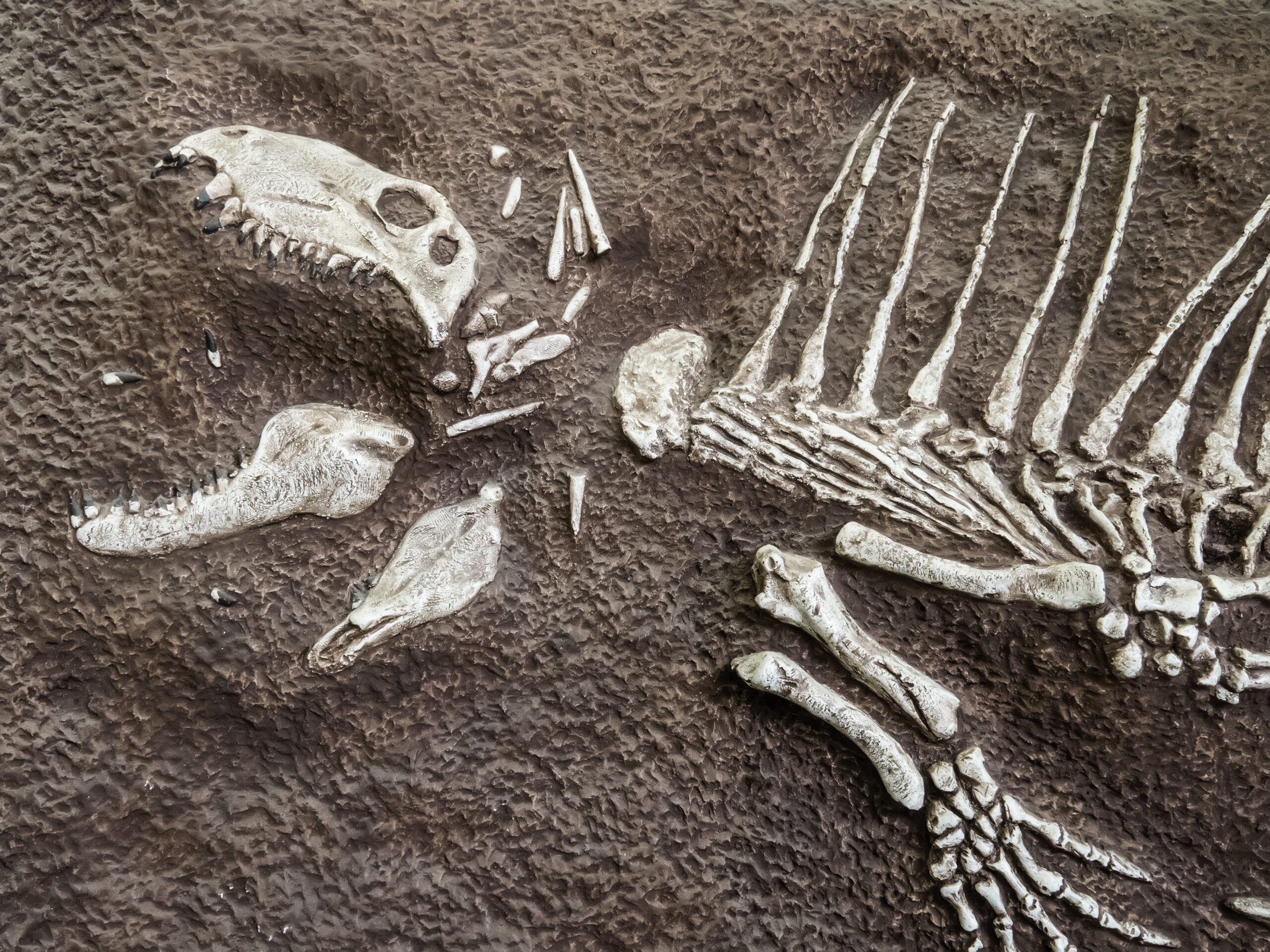
Misinterpretations of fossil records have contributed to the belief that humans and dinosaurs coexisted. A few fossils have been wrongly identified or dated, leading to sensational claims. When fossils are unearthed, context is everything, and sometimes, the context gets mixed up. For example, early paleontologists made errors due to the limited technology of their time. Today’s advanced techniques in radiometric dating help provide more accurate timelines.
Despite advancements in technology, some myths persist because they are more exciting than the mundane truth. Stories of dragon bones in ancient cultures often turn out to be dinosaur fossils. The mix-up between myth and reality blurs the lines for many. But science seeks to illuminate the truth with each discovery. The fascination with dinosaurs is understandable, but it’s important to rely on verified evidence.
3. The Role Of Religion And Mythology

Religious texts and myths have, over time, been interpreted in ways that suggest humans and dinosaurs coexisted. Some creationist beliefs hold that humans and dinosaurs were created simultaneously. However, these views are not supported by mainstream science. According to the National Center for Science Education, the fossil record, displaying a clear timeline of dinosaur extinction and human evolution, contradicts these claims. Science and religion often intersect, but in this case, they tell different stories.
Cultural myths from around the world also add layers to the confusion. Dragons, giant beasts, and monsters in folklore bear a striking resemblance to what we now identify as dinosaurs. These stories have been passed down through generations, often growing in grandeur. They represent humanity’s attempt to explain the world before the age of scientific understanding. While fascinating, they don’t serve as evidence of humans and dinosaurs cohabiting the Earth.
4. The Mystery Of The Ica Stones
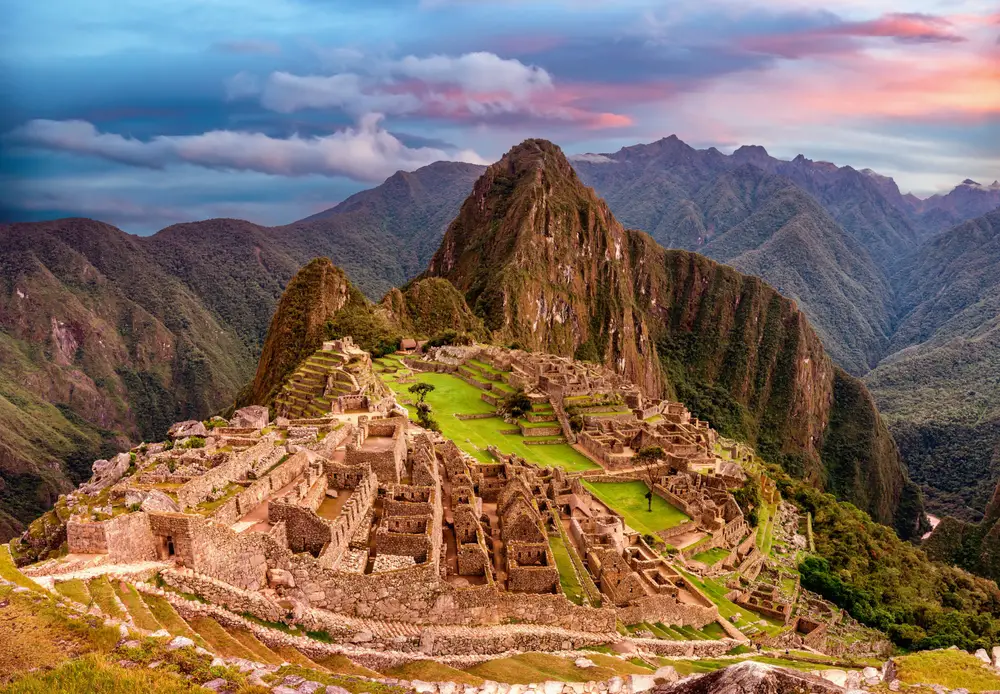
The Ica stones are a collection of andesite stones found in Peru, engraved with what some claim are depictions of humans and dinosaurs coexisting. These carvings have fueled debates and conspiracy theories. While intriguing, the authenticity of these stones is highly disputed. Critics argue that many stones show signs of modern tooling, suggesting they are hoaxes or modern creations. The lure of a great story often overshadows the truth that science strives to uncover.
Scientific investigations have yet to verify the stones as evidence of prehistoric human life. Many researchers and archaeologists dismiss them due to a lack of credible evidence. The stones remain an enigma, blending folklore with wishful thinking. As always, critical thinking and scrutiny are crucial when evaluating such claims. It’s a reminder of how easily myths can become perceived truths.
5. The Chicken-Dinosaur Connection

One bizarre but true connection between humans and dinosaurs lies in the humble chicken. Believe it or not, birds are the closest living relatives to dinosaurs. According to a study published in Science by Dr. Jack Horner, genetic similarities indicate that chickens are direct descendants of theropod dinosaurs. This means you’re more likely to encounter a dinosaur on your dinner plate than in a fossil dig. While it’s a surprising connection, it’s grounded in scientific research.
The study of evolutionary biology reveals fascinating ties between ancient and modern species. Birds, including chickens, share many anatomical features with their dinosaur ancestors. This connection helps scientists understand how some dinosaurs may have evolved to survive mass extinction events. It’s a reminder that traces of the prehistoric world are all around us, even in the most unexpected places. Next time you see a chicken, think of it as a miniature reminder of the mighty dinosaurs.
6. The Fake Footprint Frenzy
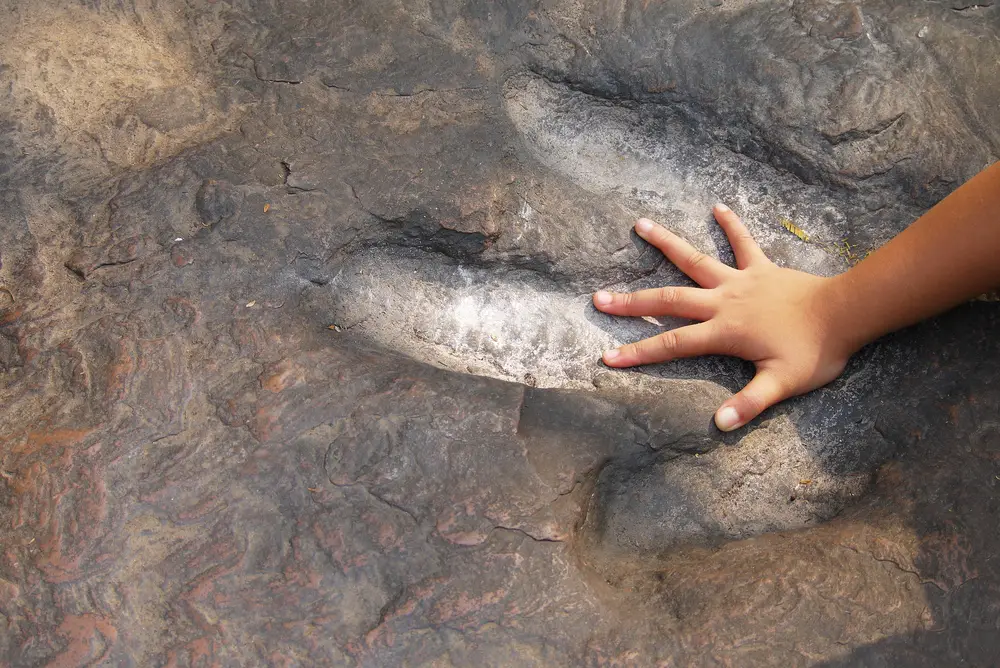
Claims of human and dinosaur footprints found together have circulated for decades. Some of these claims come from sites like the Paluxy Riverbed in Texas. Initial reports suggested human-like footprints alongside dinosaur tracks. However, closer examination by experts revealed that many of these footprints were misidentified or even altered by humans. This serves as a cautionary tale about the importance of rigorous scientific verification.
Misinterpretations and hoaxes have added to the confusion over time. The desire to find evidence supporting coexistence has led some to jump to conclusions without sufficient proof. It’s easy to get swept up in the excitement of potential discoveries, but skepticism is necessary. Science is a methodical process that requires patience and precision. Ultimately, authentic findings are those that withstand scrutiny and are supported by verifiable evidence.
7. The Influence Of Creation Museums
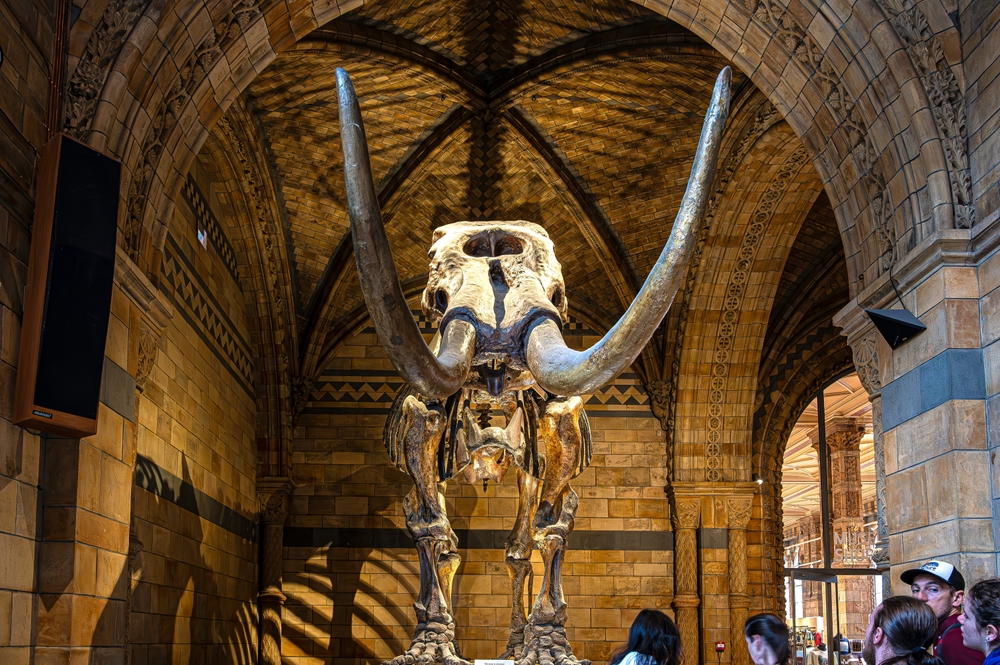
Creation museums have played a role in perpetuating the idea that humans and dinosaurs once shared the planet. These institutions present exhibits that align with creationist views, often challenging established scientific consensus. According to Dr. Ronald Numbers, a historian of science, these museums aim to offer an alternative interpretation of history. While they cater to specific beliefs, their claims lack support from the broader scientific community. The narrative they provide can be appealing, but it doesn’t align with the current understanding of Earth’s history.
The rise of such museums highlights the ongoing debate between science and certain religious interpretations. Visitors might encounter displays that suggest humans lived alongside dinosaurs, creating a skewed perception. Scientific institutions, however, rely on evidence-based research, which consistently places a significant time gap between humans and dinosaurs. Differing viewpoints are part of the dialogue, yet it is crucial to differentiate between faith-based beliefs and scientific facts. Understanding this distinction helps navigate the complex discourse surrounding the topic.
8. The Role Of Archaeological Interpretation
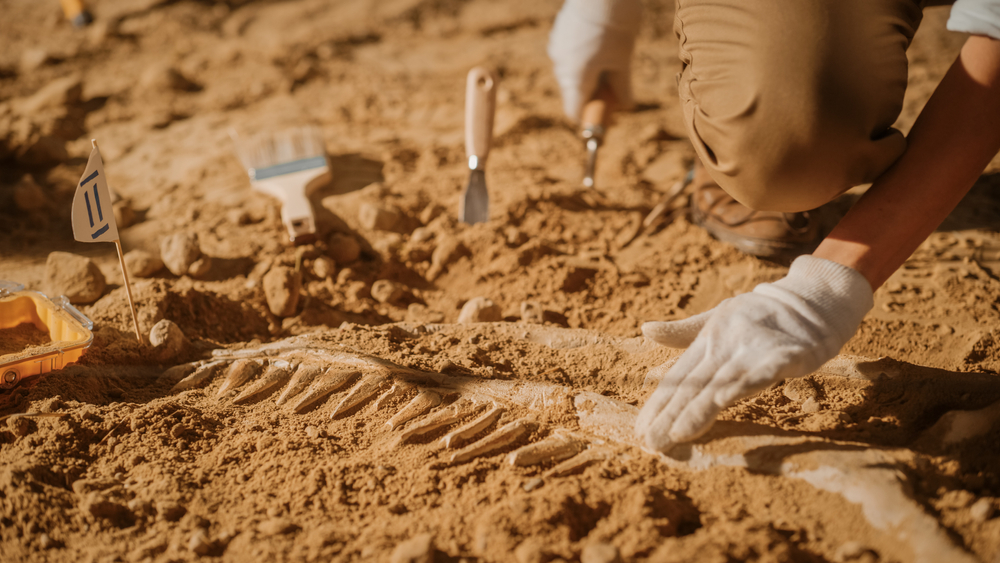
Archaeologists play a crucial role in interpreting fossil finds and understanding ancient timelines. Their work often involves piecing together fragments of history to form coherent narratives. Sometimes, initial interpretations can lead to sensational claims about human-dinosaur coexistence. Over time, further analysis and advanced techniques typically clarify these misconceptions. The continuous evolution of archaeological methods ensures more accurate historical reconstructions.
As new discoveries are made, our understanding of the past continues to evolve. While it’s tempting to draw quick conclusions, a thorough investigation is essential. Archaeologists use a variety of techniques, from carbon dating to 3D imaging, to ensure accurate results. With each discovery, they contribute valuable insights into the Earth’s history. It’s a reminder of the patience and persistence needed to uncover the truth.
9. The Importance Of Geological Evidence
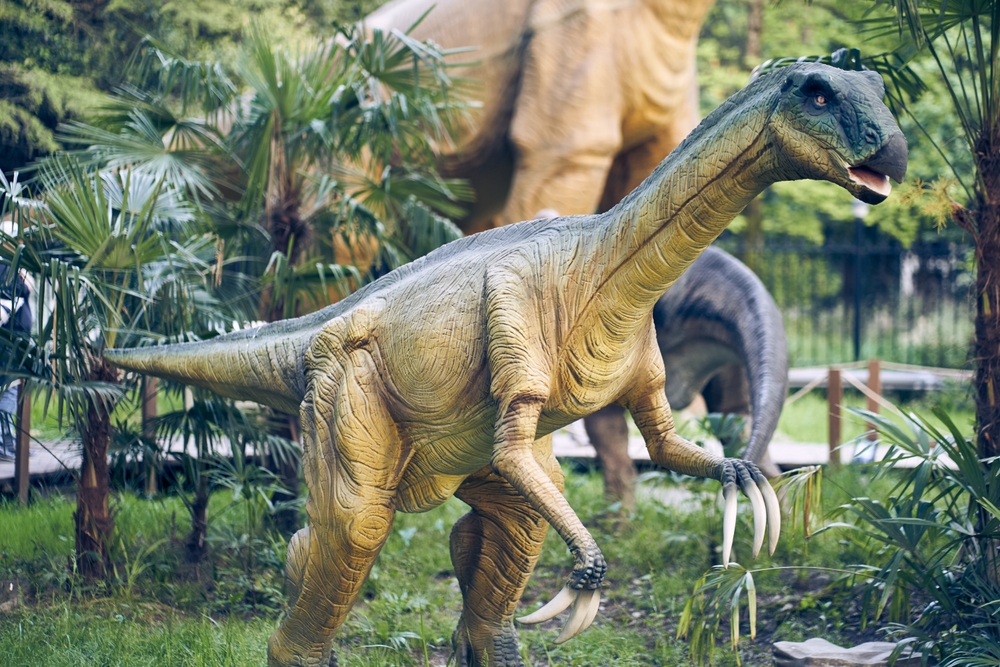
Geological evidence is a key factor in understanding the timeline of life on Earth. Layers of rock and sediment provide a historical record of the Earth’s past. Geologists study these layers to determine when different species lived and died. The distinct separation of layers indicates that dinosaurs and humans never shared the same period. This evidence is foundational to our understanding of prehistoric life.
The Earth’s geological history is like a layered cake, with each layer representing a different era. Through the study of these layers, scientists can accurately date when certain species existed. Geological evidence is crucial in debunking myths about humans and dinosaurs coexisting. It highlights the vast time gaps that separate different periods of life on Earth. This understanding helps clarify misconceptions and reinforces the scientific consensus.
10. The Role Of Fossil Hoaxes
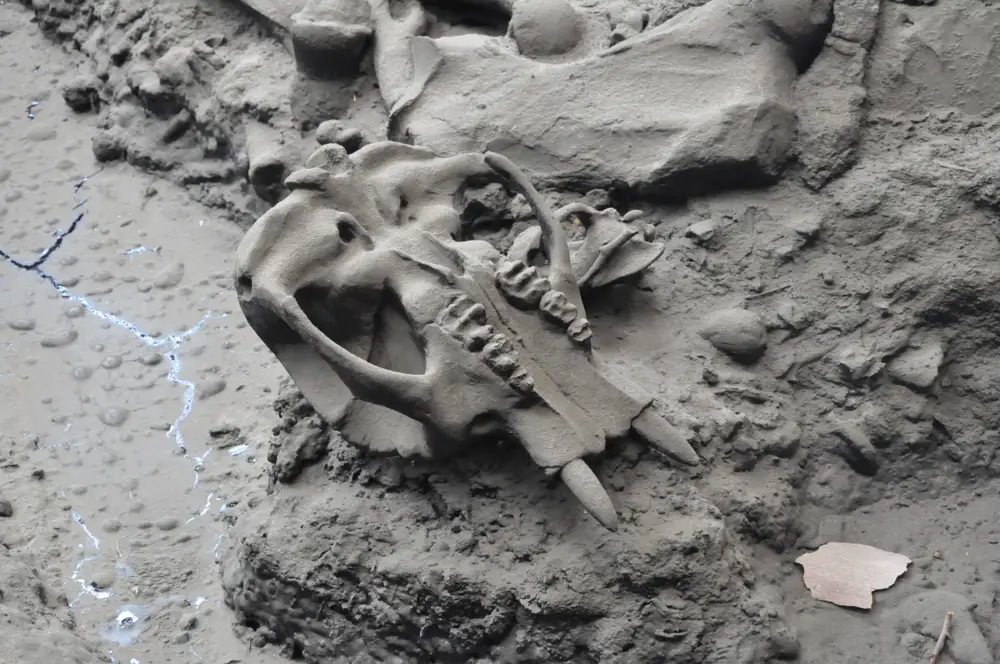
Fossil hoaxes have occasionally misled both the public and scientific communities. Throughout history, there have been instances where fake fossils were presented as genuine discoveries. These hoaxes often arise from a desire for fame or financial gain. They underscore the importance of verifying fossil finds through rigorous scientific methods. Hoaxes can obscure the truth, but a thorough investigation typically reveals reality.
In the world of paleontology, skepticism and verification are essential. The existence of hoaxes has led to more stringent standards for fossil authentication. While the thrill of discovery can be enticing, the integrity of science relies on accuracy. Researchers work diligently to ensure that findings are genuine and contribute to our understanding of the past. It’s a reminder of the diligence required in scientific exploration.
11. The Evolution Of Scientific Understanding

Science is an ever-evolving field that continually refines its understanding of history. As new technologies emerge, they provide more accurate tools for studying the past. What was once speculative can become confirmed through advanced research. The story of humans and dinosaurs is a testament to this evolution. Each discovery adds a piece to the puzzle of our planet’s history.
Scientific progress relies on re-evaluation and adaptation. As techniques improve, so does the accuracy of conclusions. This constant evolution of understanding is what makes science a dynamic field. It’s through this process that myths and inaccuracies are corrected over time. The pursuit of knowledge is ongoing, ensuring that our understanding of the world remains as accurate as possible.
12. The Dynamics Of Time In Prehistory
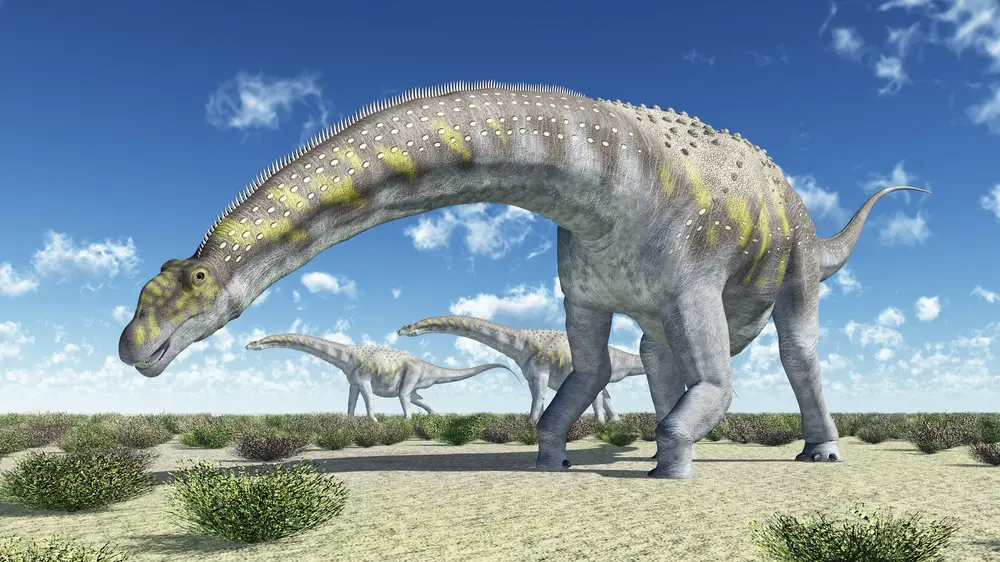
Understanding prehistoric timelines requires a grasp of geological time scales. These scales represent vast periods that dwarf the human conception of time. Dinosaurs roamed the Earth during the Mesozoic Era, which spanned over 180 million years. In contrast, modern humans have existed for only about 200,000 years. This disparity highlights the vast distinctions in time between the existence of dinosaurs and humans.
Comprehending these time scales helps clarify why humans and dinosaurs could never have coexisted. The Earth’s history is filled with epochs and eras that saw the rise and fall of many species. Dinosaurs had their time, long before humans appeared on the scene. Recognizing these timelines enriches our understanding of the planet’s history. It underscores the longevity and resilience of life on Earth.
13. The Power Of Education And Awareness

Education plays a crucial role in dispelling myths about humans and dinosaurs. By fostering awareness and understanding, misconceptions can be addressed. Schools, museums, and media all contribute to shaping public perception. Providing accurate information helps cultivate a more informed society. By educating future generations, we ensure that knowledge continues to evolve and improve.
Awareness is key to understanding the complexities of life’s history on Earth. Equipped with facts, individuals are better prepared to engage with scientific topics. It’s important to question, explore, and seek evidence-based answers. In doing so, we contribute to a culture that values truth and understanding. Education empowers us to navigate the world with curiosity and informed perspectives.
